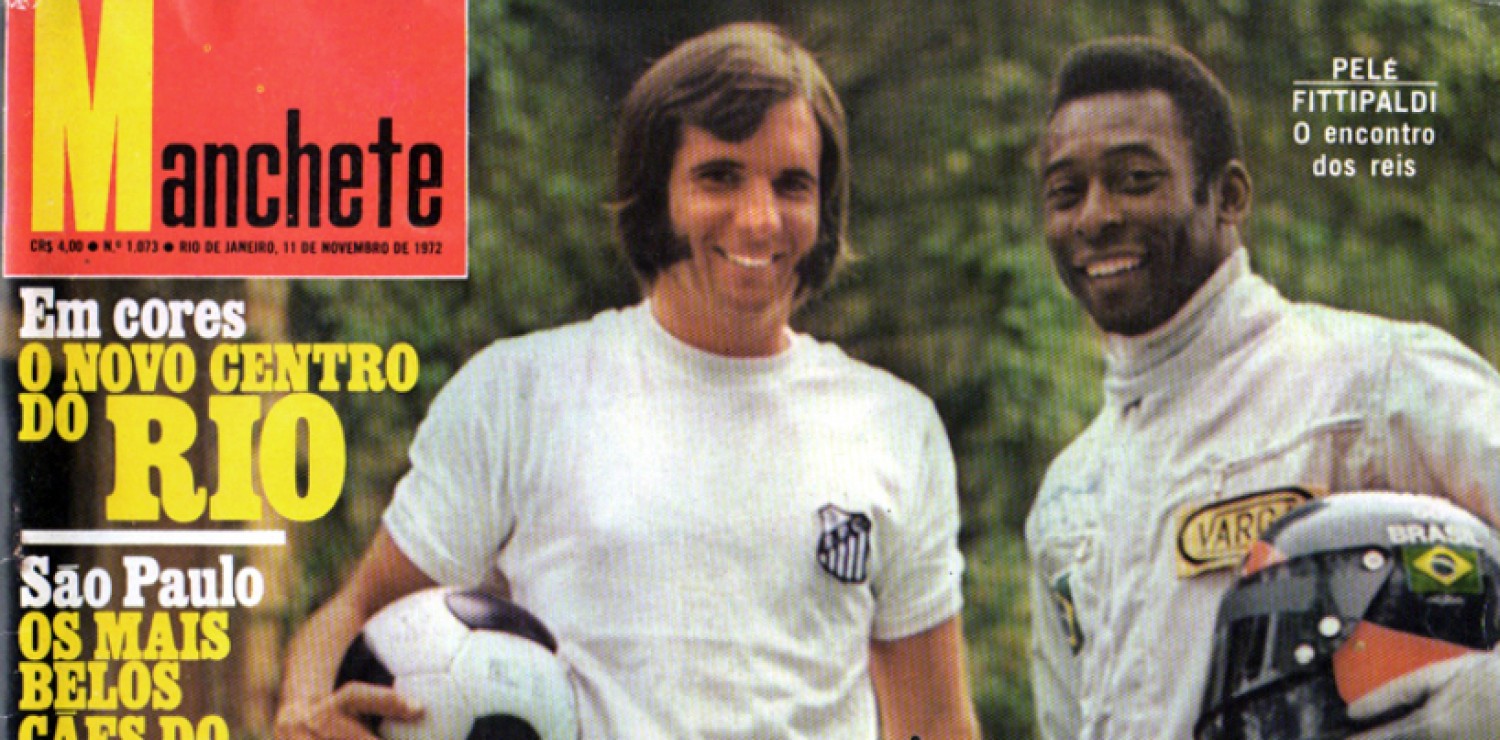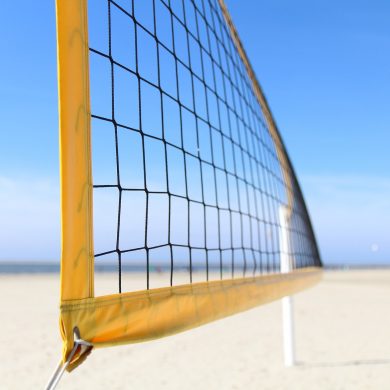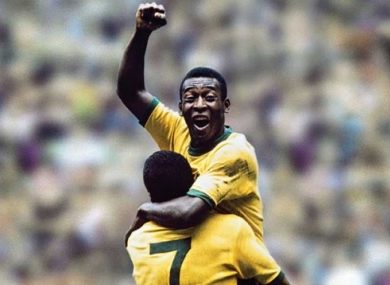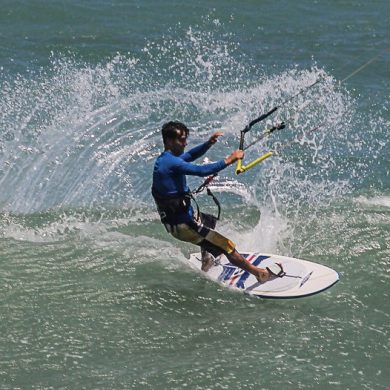Brazil is a country that gathers around the sports car king!
“While football remains unquestionably the most popular sport in Brazil, Formula 1 holds a special place in the heart of a hot-boiling public, quick to move en masse on the slopes to cheer their idols on. This has been the case for more than 45 years, since the appearance on the international scene, of a young “Paulista” with large sideburns and piercing eyes.”
F1 in Brésil
Brazil has always had a close and passionate relationship with motorsport, developed at the end of the Second World War. Especially with the commissioning of the new Interlagos racecourse south of São Paulo (Interlagos meaning “Between the lakes”, because it is actually located between two bodies of water), it flourished in the sixties with the growth of the automotive market.
In Brazil, a country not yet described as “emerging”, nevertheless who wanted to participate in the global economic boom, car sales were booming, Volkswagen and DKW in particular, even though these “affordable” models cost up to 25 months wages for an average employee! This boom was accompanied by sporting events, although the tests were reduced to only the Brazilian sphere and local drivers fighting at the wheel of “Ladybugs”, Dauphines or Renault Alpines, built licensed in the country. The explosion of Formula 1 beyond the borders of old Europe in the early seventies would change the situation in Brazil.
A new King of Formula 1 in Brazil!
Son of famed sports journalist Wilson Fittipaldi Sr., Emerson Fittipaldi was not the first Brazilian to enter the F1 (Chico Landi had preceded him in the 1950s, with no great results), but it was he who would propel his country to the forefront of the international scene thanks to its meteoric rise. A native of São Paulo, “Emmo” gained early Formula 1 status in 1970 and became the youngest world champion in history in two seasons.
For the sports-loving Brazilian people, this new hero over took Pelé in representing the country on a global scale. The difference being that Pelé embodied football, popular sport excellence, while Fittipaldi put Brazil at a level never reached in a technological discipline, which was keeping with the times.
The Brazilian sports authorities immediately understood the message: thanks to this sudden glory, the organization of a Formula 1 Grand Prix became possible! The choice of Interlagos the only circuit with international standards, made sense and, as early as 1973, the Brazilian motorsport fans were able to applaud their idols on the racecourse just outside São Paulo. The Paulista’s successes on “his” circuit became many, accompanied by unbridled celebrations from a people grateful to those who spread the positive image of their world, an image other than favelas and misery.
During this first official Grand Prix, a 13-year-old boy was introduced to King Emerson, brought there by his father, a rich entrepreneur from São Paulo, Milton da Silva. Mr da Silva was very proud to present his son to the grand champion who had just won his first kart race on the small circuit next to the track. Smiling, Emerson briefly chatted with the shy kid named Ayrton. A few years later, Ayrton da Silva, who became Senna (he had taken his mother’s name), was going to take over Formula 1 – under the guidance of his mentor Fittipaldi – and become a living legend for a whole family of people.
Ayrton Senna, the immortal legend of F1
More than Fittipaldi, Ayrton Senna was THE absolute champion. His record, his mastery and his exceptional charisma capsized the fans in a passion sometimes bordering on hysteria. Like Fittipaldi, he triumphed twice at Interlagos and, as for Fittipaldi, these victories gave rise to scenes of collective trance difficult to match on other car circuits. Senna had become almost a god for his Brazilian fans and his travels were sometimes problematic. But the man remained viscerally attached to his country and, once the Formula 1 season was completed, he returned to recharge his batteries during the austral summer in his superb Angra dos Reis property, located in the bay of Ilha Grande.
Following Fittipaldi, Senna showed that Brazil could legitimately drive the winner’s car, and its goal was then to encourage young people, especially the most disadvantaged, to believe in themselves to succeed, as he even had believed in himself against all odds. He and his sister Viviane had set up a foundation for this, but on 1 May 1994, Imola struck the world of motorsport in a terrible way, and the Brazilian people in the first place.
The “local child” was buried in the Morumbi cemetery in São Paulo with the honors of a national hero and three days of exceptional mourning were decreed by the Brazilian government. The magician had definitely gone and nothing would be like before.
Nelson Piquet, the unloved Brazilian Formula One driver
Some feverish minds then wanted to give Senna’s name to the Interlagos circuit. It would have made little case of that of Jose Carlos Pace who already adorned the pediment of the circuit since 1985. “Carlos” Pace was called to take the succession of Fittipaldi in the second half of the seventies. An eminently talented driver, he had won his first – and only – Formula One victory at the famous Interlagos circuit in 1975. His death in a helicopter crash in early 1977 dramatically thwarted this beautiful and growing story. Brazilians had to wait until the beginning of the next decade to see the successor of Fittipaldi arrive at the twilight of his career.
Unlike Fittipaldi and Pace, Nelson Piquet was a “Carioca”, a native of Rio de Janeiro. Things had moved on and the frenzy abandoned the old Interlagos which was out of fashion, for the modern circuit of Jacarepaguá, built a few kilometers west of Rio. Piquet quickly won Grand Prix and was world champion three times in the eighties. But never has his popularity ever equaled that of his glorious elders.
An unpredictable character, flippant behaviour sometimes confused the fans who returned the favor by backing him only when they opened their hearts to Emmo and Carlos. The explosive arrival of the Ayrton Senna phenomenon in Formula 1 in the middle of those years focused a renewed fervor towards the new hero, to the detriment of poor Piquet who conceived a tenacious bitterness.
It was no secret that the two Brazilian champions could not fit and unfortunately for Piquet, his glow was hidden in the shadow of his rival. Ironically, the circuit of Jacarepaguá was abandoned in the late eighties (it was destroyed in 2012 to make room for the future Olympic facilities) for a return to the historic Interlagos that had gone under a serious facelift during these years.
Nevertheless: Piquet was still a great champion, who retired in 1991. And the disappearance of Senna in 1994 left a huge void in the hearts of fans: for nearly 25 years they had the privilege of cheering on the biggest drivers of Formula 1. And the future no longer promised such wonders.
A difficult succession
We can perhaps explain why Rubens Barrichello, who arrived in Formula 1 in 1993, was unable to meet the expectations of a whole people: he had to carry the succession, he had to embody in turn the greatness of a country proud of its champions. The friendly driver native of Curitiba, just did not have big enough shoulders for such a sacred mission. He was an excellent competitor, as was his compatriot Felipe Massa – who missed the world title in 2008 by the hair of a tooth. Although they had the favor of the Brazilian public during their “home” performances, they did not have the honor to be adulated like the legendary heroes such as Ayrton Senna, Emerson Fittipaldi and, to a lesser extent title, Nelson Piquet.
The retirement of Massa announced at the end of 2016 left the fans with their greatest fear: in 2017, and for the first time for forty-seven years, there would be no driver on the grid of the Grand Prix, the only Brazilian presence being provided by the young Felipe Nasr who has everything to prove in a team unfortunately not competitive. Is it the end of an era? One could think so, but one could also think that a country which has provided so many exceptional champions will not remain here.






